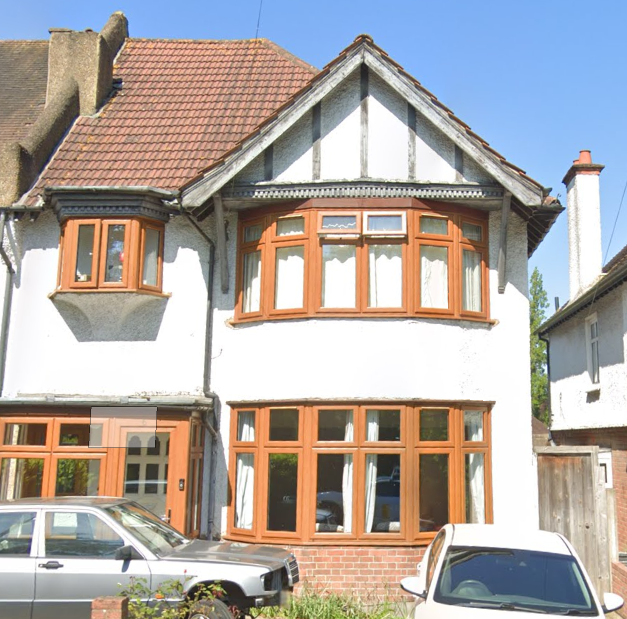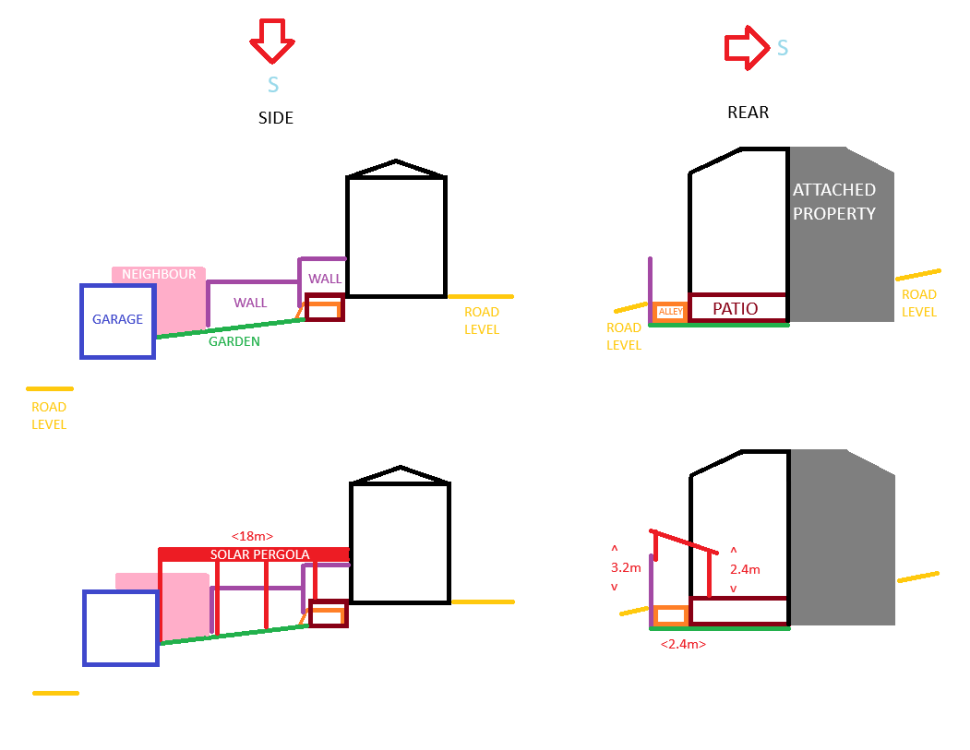
kentar
Members-
Posts
22 -
Joined
-
Last visited
Recent Profile Visitors
The recent visitors block is disabled and is not being shown to other users.
kentar's Achievements

Member (3/5)
1
Reputation
-
What would solve that? I'm no more than 12" away from the wall.
-
Thanks. I've watched a few of his vids. He tends to thin by 10%, which is generally what paint manufacturers suggest. None of his vids describe my situation. How much do you thin by percentage wise?
-
I thought i'd resurrect this rather than making my own thread... I bought a Wagner PP90 and I mist coated 1 room from bare plaster. I used the included 517 HEA tip and set the pressure the middle of the HEA 'zone' on the gauge. I used Dulux matt retail paint and thinned by around 20%. Having never used an airless sprayer before, I was expecting an extremely smooth surface. What I in fact got was something that had orange peel and a surface that felt like sandpaper. A few air bubbles in places, but that's likely due to it going on heavy. Wagner told me that the sprayer is fine and the problem is likely the walls or the paint. Is anyone able to shed any light on if this is normal and if it can be improved?
-
I stated in the first sentence that it's solid brick. I have no idea why some of you are talking about a cavity.
-
My property is semi detached, early 1900's, solid brick, with bay windows. The exterior is pebbledashed above the dpc. There is a bit that is bare brick (for show I guess) below the ground floor windows at the front of the house which extends all the way across the front of the house. I'm considering EWI through the ECO scheme. I've a company that can install it. I'm just trying to do some homework beforehand and wondered what the general consensus was? I know it can be extremely beneficial, but how does it fare long term? Is it the right decision? What questions should I be asking? Am I doing the right thing by fitting it to an old property? Will I ruin the look of the property? Do I need to bring the windows out? Can I maintain the look the the timber above the first floor bay window? Another thing that worries me is that the house will be out of keeping with the rest of the houses on the road. None of them have EWI. I believe they're all pebbledashed (I will check this). They're all slightly different in architectural style as well, so the only property that matches the look of mine is the one that i'm attached to. Perhaps that's a good thing?
-
-
I want to install around 20 solar panels on top of a pergola. The pergola needs to be constructed first, but i'm not sure on where I stand with planning permission and permitted development. An example of the kind of thing I want. A few words on the scenario: I live on a hill, with a main road going in front of my house, and a side road that branches off to the rear of my house. My garden has a slope, roughly 600mm from the top end to the bottom end. My garage is half sunk into the ground, with a driveway that's sloped down to meet with the road behind. The height difference between my patio and the level of the road that runs behind my house is at a minimum 2m. The neighbour to the left is not attached to my property, but has a garage next to mine. A picture explains a thousand words: Firstly, permitted development allows for buildings to be erected with a max height of 2.4m. I believe that this level is taken from the highest point of the surrounding land. As the highest point is the patio, would that mean I can carry this height down the length of the garden? Secondly, would this structure be classed as a lean to? It will be attached to the house, although not in the traditional sense, and it won't be enclosed. If it's classed as a lean to, the allowance is a max eaves height of 3m if within 2m of a boundary. There is a 200mm height difference between the alley and the patio, which is why i've labelled it as 3.2m.
-
I have a basic understanding of what's involved in retrofitting UFH. I have wooden floors donwstairs which are to be ripped out at some point. If I was doing it now I would opt for UFH from the start. But let's say I wanted to do change from radiators to UFH, what exactly is involved? And what design considerations should I make now to ensure a smoother transition? Is it as simple as unplugging a rad and plugging in the pipe for the UFH?
-
My house is a 4 bed semi, early 1900's and is solid brick construction. Can't say how old the plumbing system is, but safe to assume pre 80's. An ASHP will be replacing the now defunct gas boiler and an unvented 200/250l hot water cylinder will also go in, but i'm unsure of what to do about the heating system. The current system uses a non-condensing boiler with a vented hot water cylinder. It lacks hot water pressure. The shower is fed using a pump to combat this but it runs the 140l tank dry within 10 mins. Half of the rads need replacing as they're extremely old. One rad is definitely full of sludge and barely gets warm even after a flush. The only saving grace is that all pipes to rads are 15mm. I've heard people claim that underfloor heating is best with ASHP, but also that it's difficult to retrofit to older properties. 1. Should I go for underfloor heating or radiators? 2. Can radiators be changed easily to underfloor heating at a later date, or does it need to be designed for it from the off? 3. Is there a third (or fourth) option? 4. Any other considerations?
-
What's the case for not getting an ASHP?
kentar replied to kentar's topic in Air Source Heat Pumps (ASHP)
That's an informative post, thanks.







